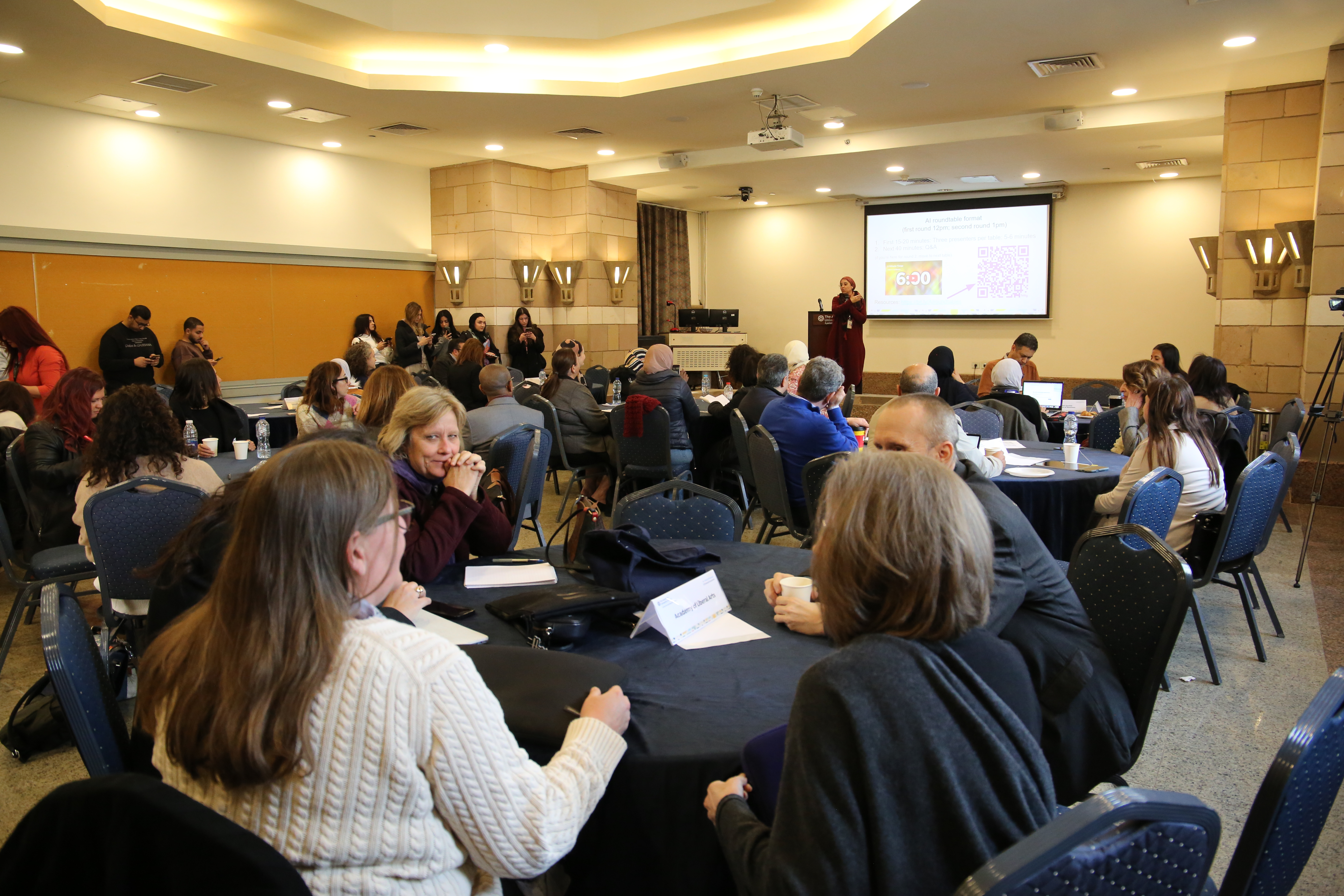In this newsletter, we are sharing the approaches of various AUC faculty to the existence of generative AI in our lives. We have divided the newsletter by school to make it easier for readers to find someone from a similar discipline. Still, you will notice such diversity in the ways people within similar disciplines have been approaching AI, from those who encourage use to those who give some restrictions, to those who spend time experimenting with students and promote ethical use, to those who find ways to try to restrict uses that can interrupt learning and combinations of all of these. Today’s newsletter is just part 1, covering some faculty from ALA, GAPP and HUSS. We will publish part 2 soon, covering other schools and more faculty members from all schools.
Academy of Liberal Arts

Alyssa Young, Rhetoric and Composition, and English Language Instruction
My basic philosophy is trying to help students develop a real purpose in the assignments they do so they are intrinsically motivated to engage with research on a topic of personal importance to them; at the same time, we experiment together in class with using AI in different ways throughout the research process and reflect critically on the ways in which AI can be helpful and the ways in which it is not. Together as a class, we develop AI guidelines for assignments roughly based on Ryan Watkins’ “Can I Use AI on This?” tool.
CLT note: notice how the students develop critical reflection along the way and co-develop guidelines with their instructor.
Iman Soliman, Arabic Language Instruction Programs
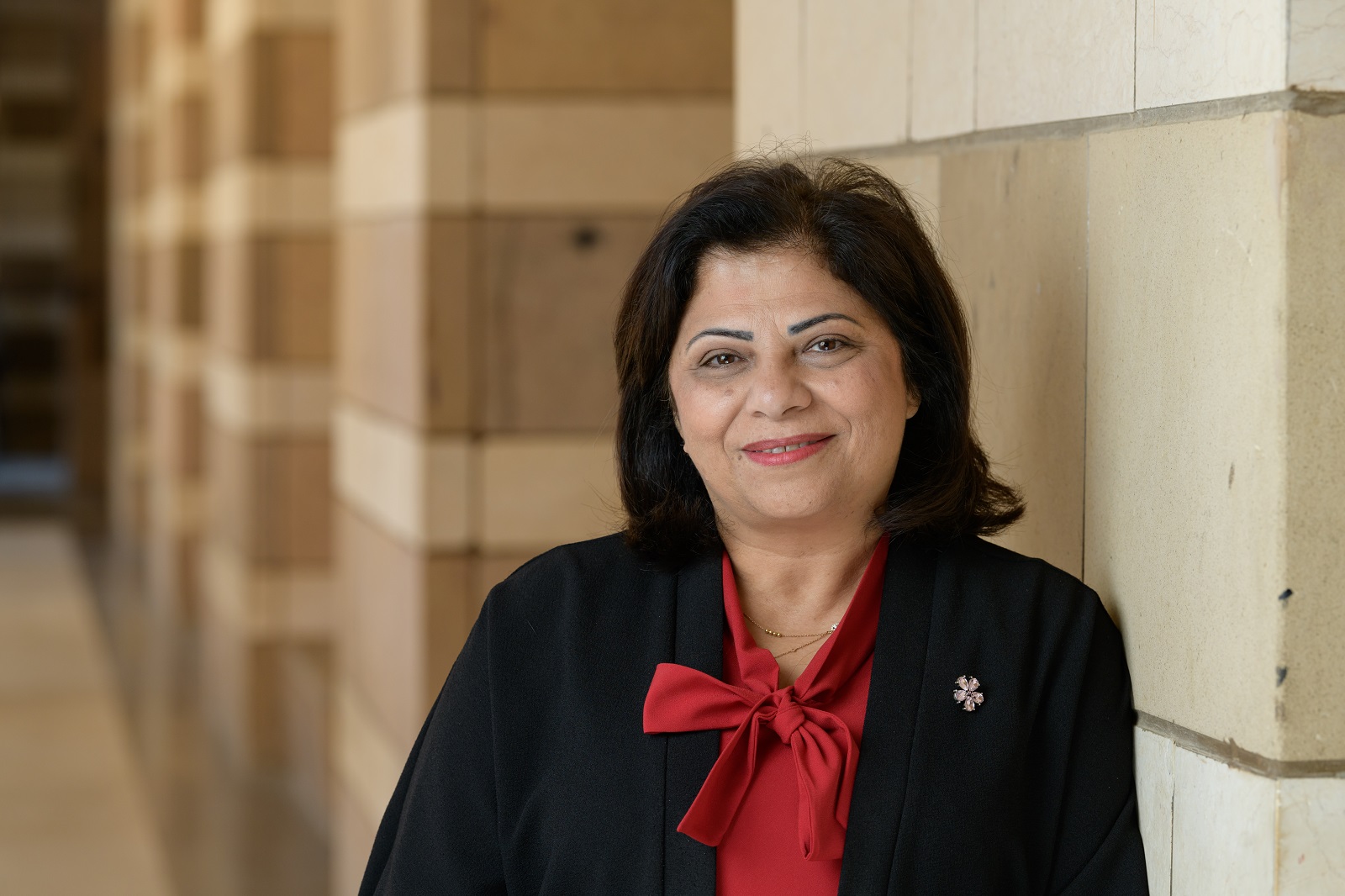
Navigating AI in Teaching and Leadership: A Strategic and Practical Approach
Wearing multiple hats—as a faculty member and department chair—my approach to AI is both strategic and practical. In the classroom, I see AI as an opportunity to enhance learning, but also a challenge when it comes to ensuring authentic student engagement, particularly in professional Arabic communication. My goal is to teach students how to interact critically with AI rather than rely on it passively.
At the elementary levels of Arabic language learning, students often lack the proficiency needed to critically engage with AI, making it difficult for them to discern fabrications, mispronunciations, or the blending of Arabic varieties generated by chatbots. To address this, I have integrated mini-assignments that allow learners to explore different Arabic-supported AI tools that scaffold self-directed learning, provide customized feedback, and offer tutoring support. Some of these tools include Shakelli, Saheh, Natiq, online speech-to-text typing, Kateb, Cockatoo AI, and ChatGPT.AI. AI-generated responses are carefully reviewed for cultural appropriateness, clarity, and correctness, reinforcing the importance of human judgment and critical decision-making.
At the intermediate levels, where students work on writing assignments, I emphasize process-based evaluation—including brainstorming, drafting, and peer reviews—to mitigate AI overreliance. I integrate a mix of in-class and off-class activities to compare AI-generated and student-written texts. Assignments that require personal reflection and critical engagement naturally reduce the usefulness of AI-generated responses, encouraging students to think independently.
Beyond the classroom, AI also presents opportunities at the department level—enhancing efficiency in curriculum development, assessment design, and administrative workflows. However, it raises broader ethical concerns: How do we ensure academic integrity? How do we guide faculty and students in responsible AI use? My approach is not to ban AI but to integrate it intentionally—leveraging its strengths while reinforcing the human skills that remain irreplaceable in education and the workplace.
Key Takeaways from My AI Integration Journey:
- AI is a Double-Edged Sword – It offers immense potential but requires careful navigation.
- AI is Only as Good as the User – Effective use depends on critical engagement.
- Process Over Product Matters More Than Ever – Learning must focus on how students think, not just what they produce.
- Significant and Relevant Assignments Foster Engagement – Meaningful tasks reduce reliance on AI shortcuts.
- Faculty Need AI Literacy, Too – Instructors must be equipped to guide responsible AI use.
The Challenges Ahead:
As AI continues to evolve, I recognize the need to further develop critical AI skills to address emerging challenges:
- Ensuring Authentic Learning – Balancing AI assistance with genuine skill development.
- AI and Arabic Language Complexity – Addressing AI limitations in Arabic processing.
- Student Overreliance on AI – Encouraging independent thought and creativity.
- Academic Integrity and Policy Gaps – Establishing clear guidelines for ethical AI use.
Ultimately, the goal is not to resist AI but to harness it thoughtfully—preparing students to navigate the digital world with critical thinking, adaptability, and ethical awareness.
Mariah Fairley, Rhetoric and Composition, and English Language Instruction

The age of AI has brought with it more questions than answers, where I believe that we need to entirely rethink what we do as writing teachers and be open to considering and experimenting with all kinds of approaches and perspectives to help us move from confusion to increased clarity and informed decision making to better support our students’ growth. I believe that we need to engage students in thinking critically together and discussing without judgment our beliefs about AI. Such discussions can include questions like: How far should we let AI write for us? Why? What possibilities exist for using AI in writing? What do we gain and what do we lose by using AI in writing? What happens to credibility, authenticity, voice, and engagement with AI-assisted writing? These discussions can help us think through our concerns and hopes for AI, which can lead to the co-construction of principles for AI use within a classroom community. In addition, I have been trying out activities that involve students comparing AI and human generated texts, prompt creation for making writing more engaging, and exploring what we want our writer’s voice to be and do. My emphasis is always on how to build a meaningful relationship between writer and reader.
Matthew Hendershot, Rhetoric and Composition
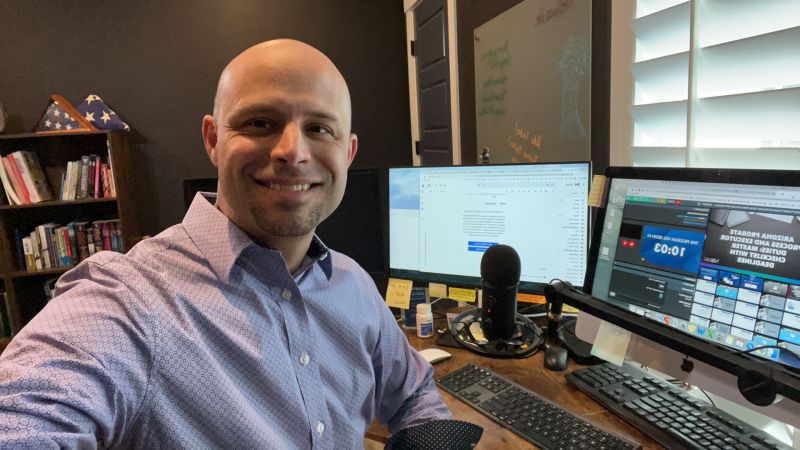
In my RHET 3210 Business Communications course, I highly encourage students to use AI. They will grow up in an AI saturated world and will need to critically learn how to positively use AI, while avoiding its potential negative outcomes. Thus, we use AI on every assignment and in the process students begin to really see the still essential role of humans and human input and engagement. Students see that AI can produce grammatically correct, beautiful, fluent-sounding output, but then also quickly see that the output simply can’t fully navigate the complexity of real-world context and nuance of actual human relational dynamics. Thus, students start to move beyond the false dilemma of if AI > me or if me > AI, and instead they start to see that a more helpful mindset is AI + me > AI or me alone. This helps students realize that their own development is still important, in addition to learning how to better use AI.
Michelle Henry, Rhetoric and Composition
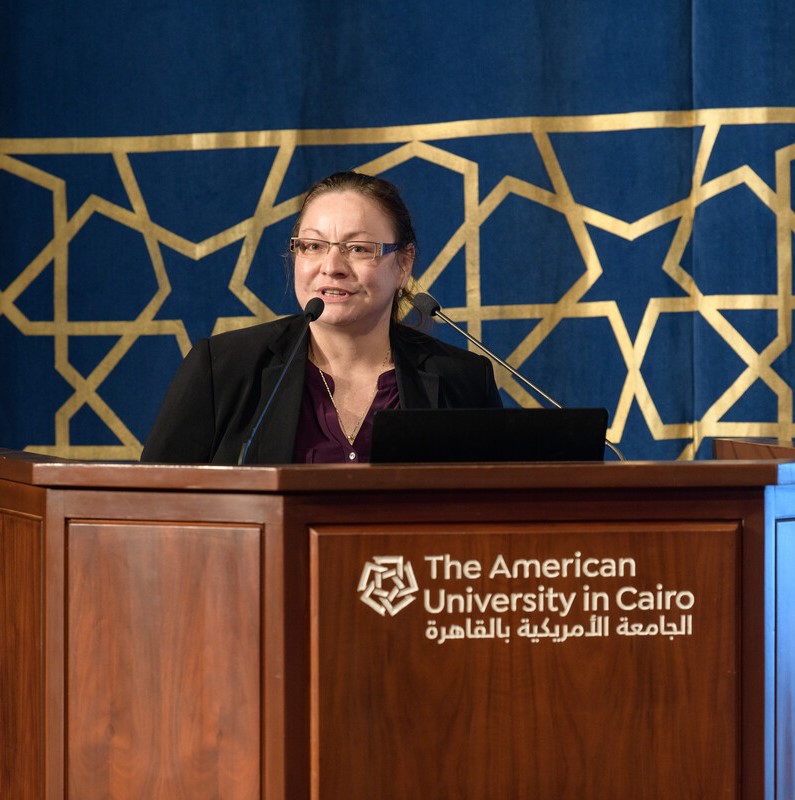
Students have been playing with tools without proper training for longer than we have known about these generative AI tools. I fully recognize that they will use these tools with or without our permission and direction; therefore, it’s incumbent upon us to help them use the tools safely and ethically. I have been playing with AI in the RHET 1020 Research Writing course since 2023. It began at a very basic level: once they had brainstormed topics and written some governing questions, I invited them to play around with the tools and see what they could do with our questions. Over the last two years, I’ve been expanding my integration of AI in the courses, slowly adding tasks to the research writing process (e.g., development of key words, finding sources, understanding difficult texts, revising thesis statements, creating outlines from raw ideas). What has been key to this process is the transparent discussions with students about what is useful, ethical, and allowed, and what is not. The order of operations is also key to the development of critical thinking—students must generate thoughts first and then use the tools to supplement and expand them. This term, Jasmine Maklad, Ehab El Shimi, and I are all teaching a 1020 pilot that we designed for more comprehensive AI integration. The course outcomes have been modified to include AI literacy, which I believe is essential for students using these tools. AI literacy includes knowledge of what tools can and cannot do and what constitutes ethical and appropriate use. What is also unique is that the critical thinking development has been extended to not only the topics for exploration but also for the tools and output used throughout the process. For me, this defines the rhetorical process—analyzing and utilizing the most effective means of persuasion. So, the course has moved focus away from the final product as the primary assessment and put more emphasis on reflections written in class by students documenting their journey through the research writing process and their engagement with AI-generative outputs. For example, I asked them to prompt their tool to create an academic research paper in response to their research question. Their task is to annotate the paper and write a critical reflection on the output using the criteria (e.g., thesis, structure, source quality and integration, coherence/cohesion, grammar/mechanics). I provided them guidelines, rubrics, samples, and direction for this in-class workshop. By the end of the task, students have a better understanding of what a strong research paper looks like (and what does not) and how they will develop their own research paper in significant ways based on their deconstruction of the output. They also get much practice with writing critical reflections, so I anticipate that this particular skill will be further enhanced as well by the end of the course.
Nesreen Fakhr, Rhetoric and Composition

I allow my students to use AI with limitations in order to teach them how to use it wisely.
Last semester, when I encouraged my students to use AI in one of the activities, some of them said “We don’t need it; we’re more creative than AI”. This was shocking, as I didn’t expect students to say so. However, I noticed that when I allowed them to use it, they realized they could sometimes achieve better results without it.
In my courses, I allow limited use of AI tools. In RHET, my students can use ChatGPT, Poe, or Gemini to brainstorm ideas and Perplexity to find sources. This semester, I’ll allow
my students to use ”WritingTutor3”, the Poe bot that Laila El Serty and I created, to help students improve their writing. The bot is designed to detect several writing problems such as logical fallacies, lack of coherence, and insufficient support. The bot has been tested and is ready to be used as an optional tool for students this semester.
In my CORE classes, I encourage students to use AI to create videos and chatbots for their websites. I also use AI to help students understand rhetorical situations. Last semester, I asked my students to transform a classical song into Shaabi or Mahragan using AI. They discovered that they were more creative when they attempted this task without AI assistance.
I believe preventing our students from using AI will only make them eager to try it. However, allowing them to use it will enable them to discover its limitations and utilize it effectively.
Rania Jabr, English Language Instruction
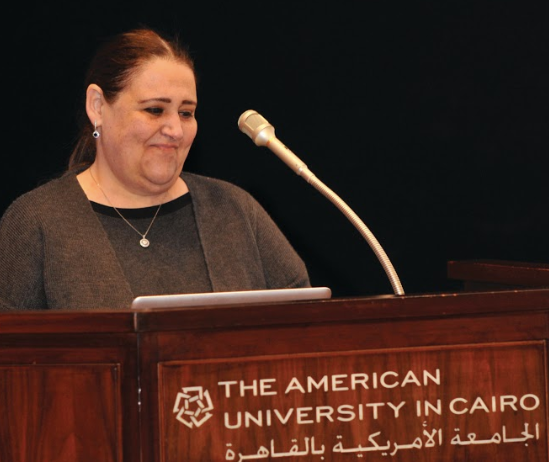
I am for using AI responsibly. I hope to share ways I have done so particularly with my writing module classes in our Academic English for Graduates program. AI use is allowed with certain parameters and with specific guidelines. This involves aligning the learning outcomes of my courses to the current AI tools, which I am familiar with and feel comfortable using. My goal is to create learning experiences which encompass a) critical thinking, b) problem solving, c) creative thinking, but most importantly d) making connections between personal experiences, their community, other texts and material they are familiar with, and the world around them. In my mind, AI is a tool which helps improve student learning, hence complementing not replacing student learning. I focus on ethical considerations when introducing AI use in my classes and on “framing” student voices to become front and center in the learning process. I tend to warn students against becoming automated versions of themselves if they over-use AI and if they do not use it “responsibly”. Together we experiment with the use of AI, and we highlight its shortcomings; then, we engage in critiquing its output and revise it according to our needs. Responsible use of AI refers to pinpointing bias, over-reliance on tech tools, using it for cheating and other academic integrity violations, and certainly misinformation about culture-specific information. To overcome these, I integrate the use of AI purposefully, create tasks which adhere to ethical use of AI, focus on student reflection, and encourage autonomous learning.
School of Global Affairs and Public Policy
Kim Fox, Department of Journalism and Mass Communication
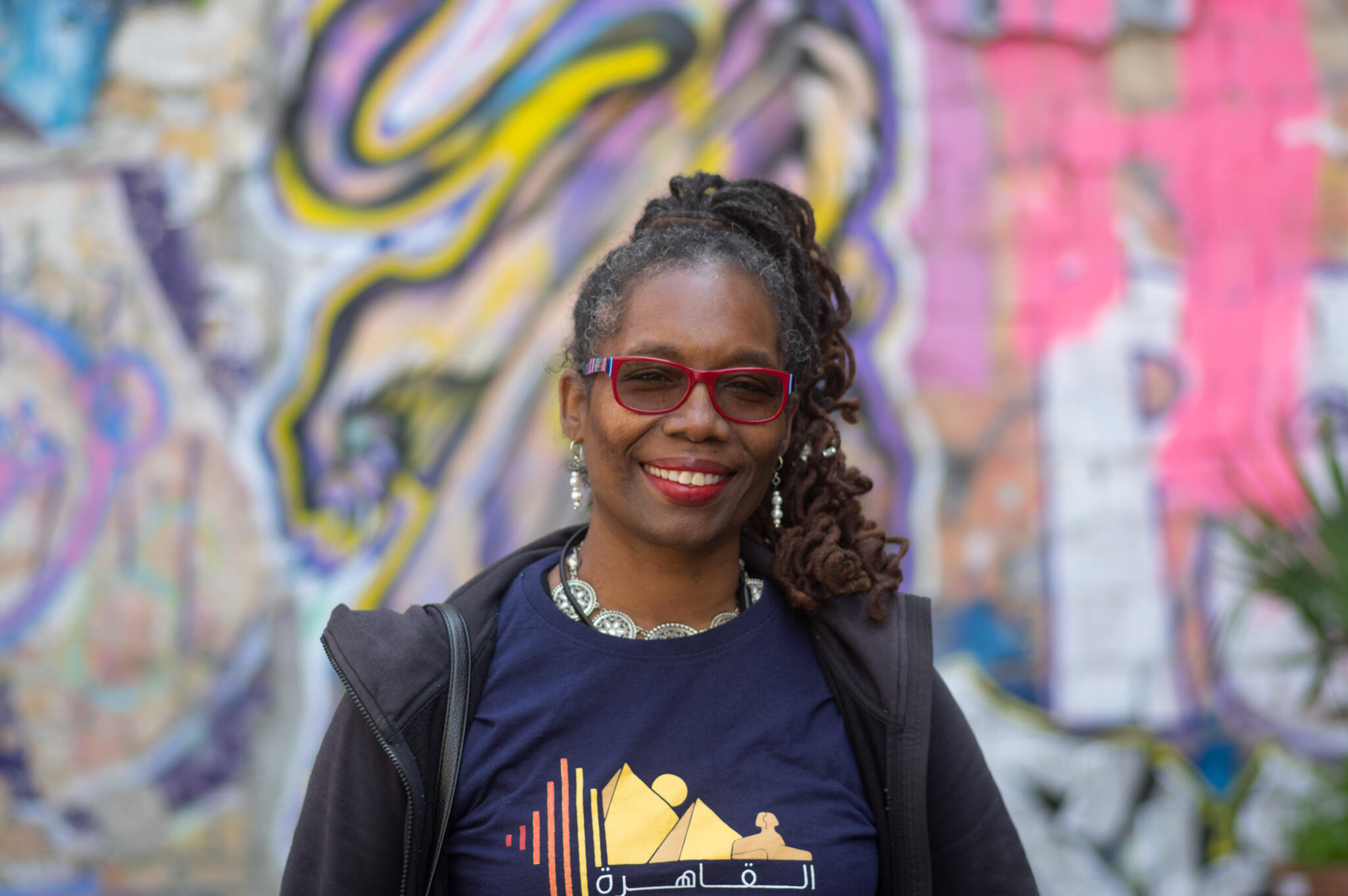
I have been trying to encourage students to disclose their use of AI. It should come in three stages:
- What program/app did you/they use?
- What prompt did you/they use?
- What was the output?
Students are permitted to use AI on a case-by-case basis. For example, they could use it to ideate and write outlines and draft scripts. However, AI is not permitted on the final exam.
I realize that this might be a lot for them to remember.
Nadine El Sayed, Department of Journalism and Mass Communication
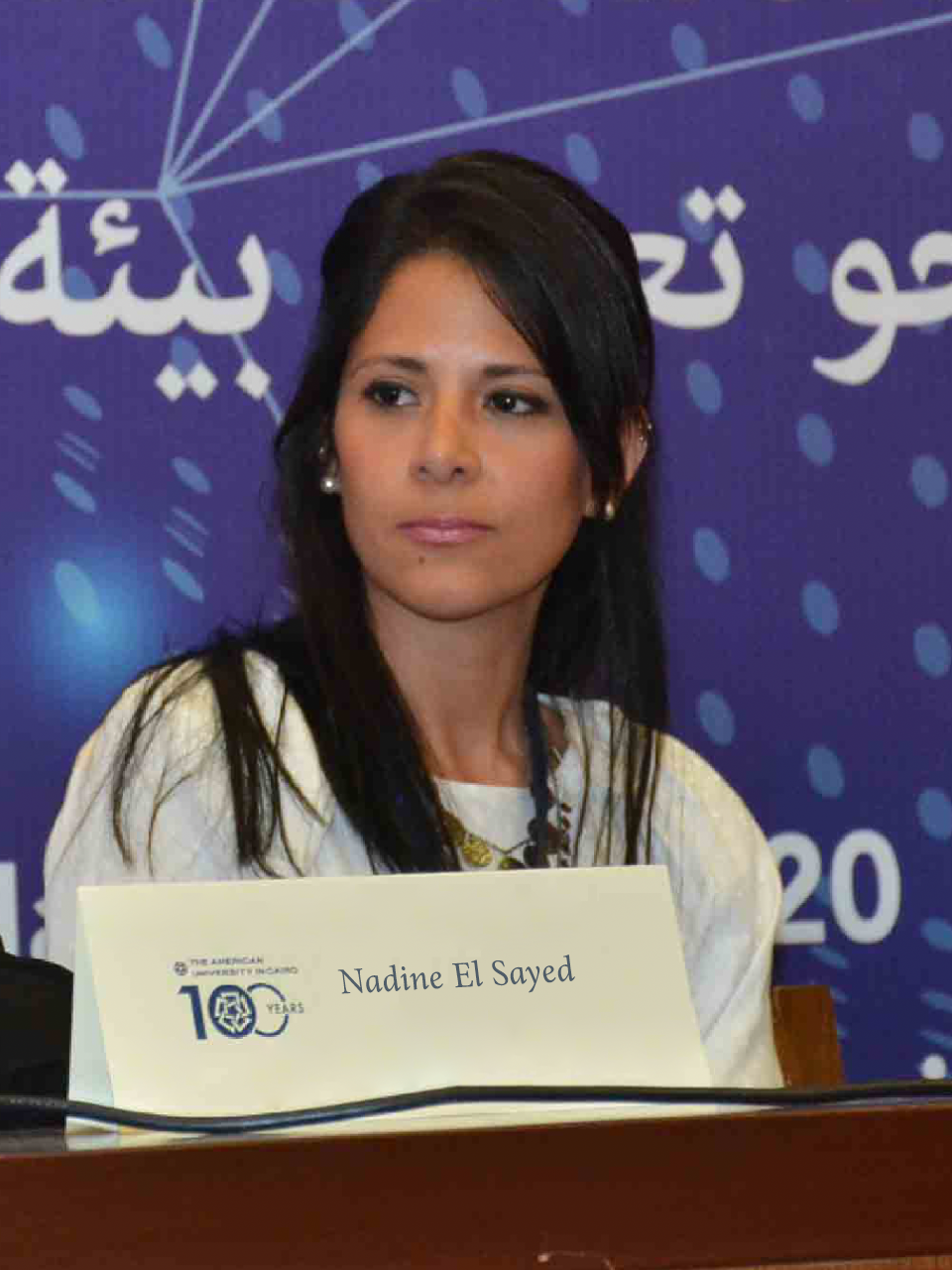
I am incorporating AI in media reporting, writing and production and teaching journalism students to use it ethically.
Because there’s no point swimming against the AI current, I am trying to teach them how to navigate that current, and do it ethically. Throughout my 200-level writing course and my multimedia capstone project, my students work with AI across various steps of reporting and content creation and they compare between the human-generated output, and output generated by AI to better understand where and how AI can help them across the various stages of their work. We also work to better refine their prompts to generate better insight. I also ask them to indicate across all the stages how and where they used AI.
School of Humanities and Social Sciences
Hadeel El-Ahraf, Department of Psychology

I am trying to prevent fully AI-generated papers, and trying to encourage using AI as a tool to make work more efficient.
I try to get them to use AI as a productivity tool to free up their time and mental energy for the tasks that need more critical thinking or creativity. Use an AI tool to transcribe things for you or to refine your writing’s grammar or tone. Use it for brainstorming, or for checking if your assumptions are supported. The more they use it the more they will learn when and how it can be helpful and when it’s just going to produce poor results. For written assignments, I don’t want them submitting fully AI generated text, but for some assignments (especially in the early stages of research) they can use AI to help them understand and summarize articles. If they include AI generated text, I want them to cite it like any other source.
We’re all too stressed and pressed for time these days. When our students go to work they will be also. I try to teach them how to use AI like any other tool or skill that will help them manage their time and mental resources while making their workflow more efficient. AI is a transferable skill they will need in the workplace and I want to get my students using it in effective ways.
Mennat-Allah El Dorry, Department of Sociology, Egyptology and Anthropology
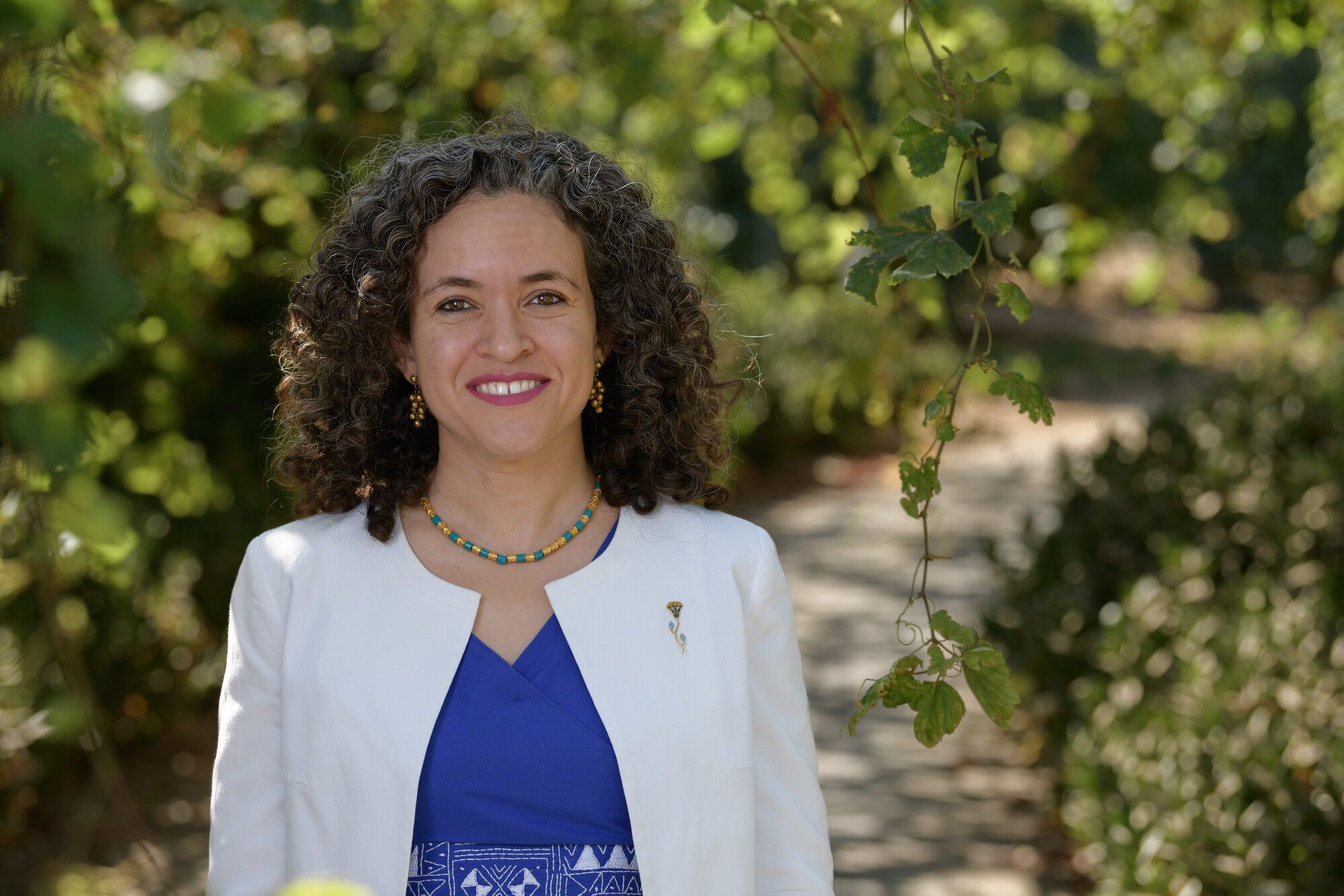
AI is a powerful tool that is here to stay. We need to teach students how and when to use it, and when to disregard it.
I encourage them to use AI for particular assignments, especially for brainstorming. I do not allow the use of AI to polish writing style or improve it. I need to be able to see their actual writing levels so I can make feedback that will help them improve their writing [they need to learn how to write well first, and AI can be used as a tool to make tasks easier, but knowing how to write well is an important skill that they need as a base].
Students must include a transparency statement with every assignment where they used AI to explain how and why, including the tools they used and the prompts.
Students have taken a habit of inputting assignment prompts into AI to support them with their work. One of my assignments lends itself well to that, and produces good ideas that the students can build on (which is something we discuss in small groups in the class). Another assignment goes completely above AI’s head, so to speak, and AI never understands what the assignment is about. In that case, students are very limited in how they can use AI for that project. For either case, we discuss the implications of the AI output and its limitations.
Raghda El Essawi, Department of Applied Linguistics and Educational Studies

AI is a tool. Like any tech tool (cameras capturing images, calculators doing math calculations etc) it does certain tasks faster and sometimes better than humans do. This has changed the measures of excellence in most fields of knowledge, where a perfectly accurate product is no longer the targeted goal. Instead, the goal of using the mentioned tools today is to help humans fulfil more cognitively complex or artistically sublime outcomes.
Similarly, In the field of teaching in general and language teaching in specific, AI is a tech tool that teachers can use to help them do certain tasks faster and with less mental effort including tasks like lesson planning, generation of texts or activities and/or assessment. These tasks are the type of tasks that teacher training programs like TAFL/TESOL used to focus on helping student-teachers acquire and perform well. Today with the appearance of AI (which could perform all the mentioned tasks with the press of a button), it became necessary to go beyond enhancing and evaluating student-teachers’ ability to perform such tasks, to evaluating their ability to reflect on whether/how/why whatever is produced during such tasks fits into the bigger picture of intentionally generating creative and engaging learning experiences suitable for their student populations. In that case using AI to perform the mentioned teaching tasks becomes a small step towards a much bigger goal that student-teachers still need to strive for. However, using AI would require answering some basic questions like what exactly is AI capable of doing and what are its shortcomings? How can teachers reach the best results when using AI? Has AI helped teachers save time or is it more time consuming? Could it be used to creatively address student needs? Most importantly, why are they using AI? What are the learning outcomes and student needs they should/could address using it? Thus student-teachers’ training activities need to involve them in a quest for understanding their targeted goals, learning outcomes and student needs as well as how to use AI to work on addressing all the above. From that perspective AI is not different from any tool teachers use in their classes. The oldest, most basic, and most widely used tools in language classes like language learning textbooks require the same process of evaluation and reflection to make sure they fulfill language learners’ needs without hampering teacher creativity.
In my humble opinion AI literacy will very soon be as important as computer literacy for language teachers in the labour market. Though many student-teachers are already using it, there is a fear that they are doing so without the necessary intentionality that comes with reflection and awareness. This threatens making the way they use this new tool a leap in the dark, which in turn threatens to reduce its effectiveness.
My targeted goals of having students work with AI in my course are:
- Encouraging students to use AI to perform tasks that teachers are required to do while planning their teaching while disseminating their experience through sharing the steps they followed, prompts they used, and the resulting products they reached with their colleagues.
- Evaluating effectiveness of material produced by AI with reference to their targeted learning outcomes and their student needs as well as conceptual frameworks pertaining to successful material development.
- Increasing the level of intentionality with which students deal with AI through requiring that they critically reflect on their experience using AI.
- Enhance student-teachers’ critical thinking skills in general and their critical skills in dealing with their teaching tools in specific.
Teklu Abate, Department of Applied Linguistics and Educational Studies

As part of my teaching philosophy, academic integrity is a critical necessary condition for teaching, learning, assessment, and research. I normally communicate this value to my classes on Day 1. The role of AI in teaching, learning, and assessment is thus viewed from this perspective. I encourage a conscious, responsible, and accountable use of AI in my courses. Any use of AI tools at any stage of the student work process must be clearly acknowledged and cited, as we normally do to other scholarly works. If students use any AI tool, they must dedicate, in their papers, a paragraph or two to clearly explain how and to what extent they use it. Failure to do so is considered a violation of AUC’s Code of Academic Ethics and will be reported.
Stay tuned for part 2, which will include more faculty members across the disciplines, including from the Business School and School of Sciences and Engineering.
How are you addressing AI in your courses? Tell us in the comments!

